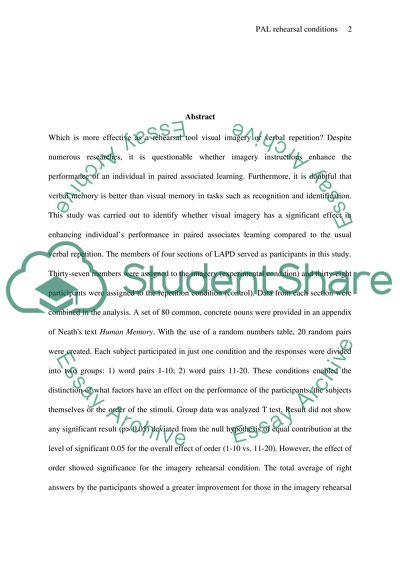Cite this document
(“Paired associates learning enhanced by imagery Lab Report”, n.d.)
Retrieved from https://studentshare.org/science/1510813-paired-associates-learning-enhanced-by-imagery
Retrieved from https://studentshare.org/science/1510813-paired-associates-learning-enhanced-by-imagery
(Paired Associates Learning Enhanced by Imagery Lab Report)
https://studentshare.org/science/1510813-paired-associates-learning-enhanced-by-imagery.
https://studentshare.org/science/1510813-paired-associates-learning-enhanced-by-imagery.
“Paired Associates Learning Enhanced by Imagery Lab Report”, n.d. https://studentshare.org/science/1510813-paired-associates-learning-enhanced-by-imagery.


